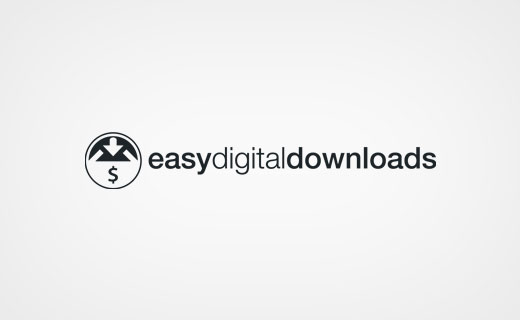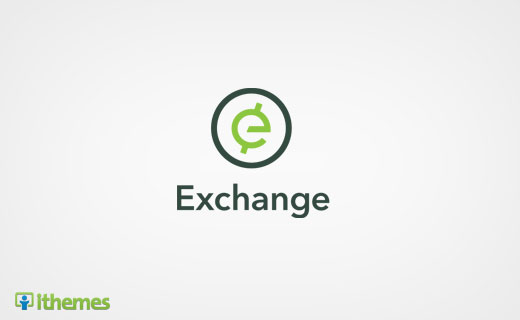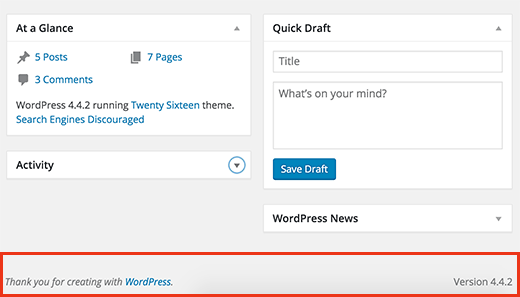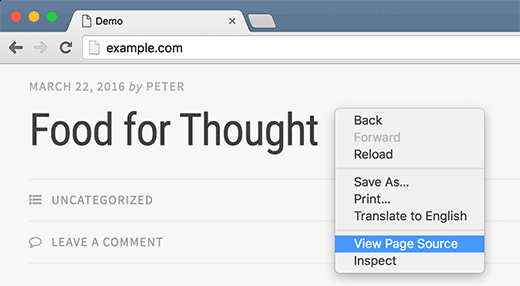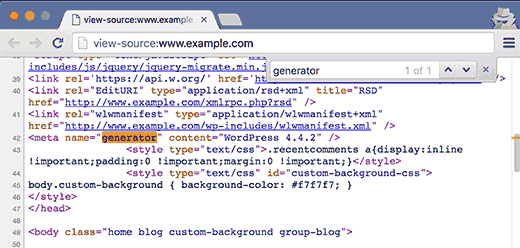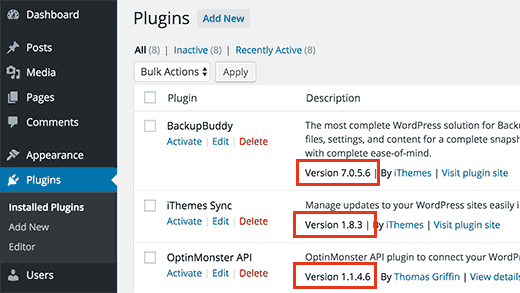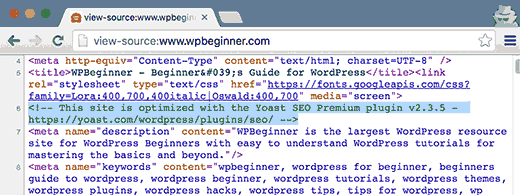Are you looking to build an online store? Want to know which is the best WordPress eCommerce plugin? Choosing the right eCommerce plugin is crucial for your business because a better platform means more opportunity for growth. In this article, we will compare 5 best WordPress eCommerce plugins for 2016.

What to Look in a WordPress eCommerce Plugin for Your Site?
There are plenty of WordPress eCommerce plugins in the market. But not all of them have the essential set of features you would need to start your eCommerce site.
Some eCommerce plugins are good for selling digital goods like eBooks, photos, music, etc. While others are better suited for selling physical goods that need shipping and inventory management. There are also eCommerce plugins that are good at both of them.
You need to choose a plugin depending on what you will be selling and what kind of features you would need to efficiently run your online store.
Next, you need to consider which payment gateways you will utilize to accept payments. Make sure that the plugin you choose supports those payment gateways by default or through addons.
Your eCommerce plugin will not come with a theme. You would need to see that the plugin you choose has themes that work with the plugin. See our guide on how to choose the perfect WordPress theme.
It is impossible for an eCommerce plugin to have all the features. Most of them solve this problem by addon plugins. These addons extend the functionality of your eCommerce plugin. Make sure that there are enough addon plugins to connect your WordPress eCommerce website with other services.
Last but not the least, you need to see what kind of support options are available for the plugin. Even if you will be hiring a developer to work on your site, you would still need help from time to time. Make sure that the plugin has a support system where you can get help.
What Do You Need to Run an eCommerce Website?
Ecommerce websites are resource intensive, so the first thing you will need is the best WordPress hosting that you can afford.
If you're on a budget, then you can start with Bluehost. The Ecommerce plan comes with SSL Certificate which you need to collect payments securely, dedicated IP, and a dedicated support line. They also install WooCommerce by default which when you read the article will find out is the most powerful WordPress Ecommerce plugin.
If budget is not an issue, and you want the best performance, then we recommend using a managed WordPress hosting provider like WPEngine.
Next, you will need to choose a domain name for your website. Here is our guide on how to pick the right domain name for your eCommerce site.
Lastly, you will need to choose essential business plugins that you will need such as OptinMonster which help you reduce shopping cart abandonment and increase sales.
Having that said, let's take a look at the best WordPress eCommerce plugins.

WooCommerce is the most popular WordPress eCommerce plugin. It was acquired by Automattic (the company behind WordPress.com blog hosting service) in 2015.
There is a large number of addons and themes available for WooCommerce. They also have a large and passionate user and developer community behind it.
Pros of Using WooCommerce
Here are some of the advantages of using WooCommerce as your WordPress eCommerce plugin:
Extensions and Themes – There are hundreds of extensions and themes available for WooCommerce, which makes it easy for you to add new features to your eCommerce site. Large collection of themes means you have tons of options when choosing your site's design and layout.
Supports Both Digital and Physical Goods – With WooCommerce you can sell physical as well as digital downloads (such as ebooks, music, software, etc.). With Envira Gallery's WooCommerce integration, you can easily sell photos from your website as well.
Sell Affiliate or External Products – Using WooCommerce, you can add affiliate or external products to your site. Affiliate marketers can create product sites and provide users a better experience.
Complete Inventory Management – WooCommerce comes equipped with tools to easily manage your inventory or even assign it to a store manager.
Payment and Shipping Options – WooCommerce has builtin support for popular payment gateways and you can add many other payment options using extensions. It can also calculate shipping and taxes.
Support and Documentation – There is excellent documentation available online for WooCommerce. Apart from documentation, there is knowledge base, help desk, and community forums available.
Cons of Using WooCommerce
Too Many Options – WooCommerce is very easy to use, but the number of options available on the settings page can be quite intimidating for a new user.
Finding Addons – There are lots of addons available for WooCommerce, sometimes a user may not find the right addon for features that they need.
Theme Support – WooCommerce works with any WordPress theme, but it is not always as easy to setup or good looking with all themes. You need a WooCommerce ready theme to take full advantage of its features without too much hassle.
WooCommerce is the perfect choice for any kind of eCommerce website. It has a large community of developers and users, lots of addons and themes, excellent support for multilingual websites, and best free and paid support options.

Easy Digital Downloads allows you to easily sell digital downloads online using WordPress. It is very easy to use and comes with powerful features to create beautiful and functional digital goods store.
We use Easy Digital Downloads to sell our software like WPForms, SoliloquyWP, etc.
Pros of Using Easy Digital Downloads
Designed To Sell Digital Goods – Easy Digital Downloads is built from the ground up to sell digital downloads. Unlike eCommerce plugins that can be used to sell all kind of products, EDD provides a far better experience for selling digital goods.
Easy To Use – Easy digital downloads is very easy to use, from the start you would instantly figure out how to add products and display them. This is really useful for the first timers.
Extensions – There are hundreds of extensions available for Easy Digital Downloads. Addons for many payment gateways, platforms and services, and to add extra features.
Themes – Easy Digital Downloads works with almost any WordPress theme, however if you have not choosen a theme yet, then Easy Digital Downloads has themes built specifically for the plugin.
Awesome Support – The plugin is very well documented, and you have free support forums, videos, tutorials, and even an IRC chatroom. There is also a priority support option for premium users.
Cons of Using Easy Digital Downloads
Digital Downloads Only – As the name suggests, Easy Digital Downloads makes it easier to create eCommerce sites for digital goods. But if you want to sell non-digital goods along with digital downloads then it will become quite complicated.
Selling External Products – If you want to add an external product or an affiliate product to your EDD store, then you will need to install a third-party add on for it.
When it comes to selling digital products online, we believe that Easy Digital Downloads is the best plugin to do that. We have used Easy Digital Downloads with great success, not only on client sites but also on a few of our own projects.

Created by the folks behind the extremely popular BackupBuddy plugin, Exchange is a strong contender in WordPress eCommerce platforms.
Pros of Using iThemes Exchange
Multiple Product Types – iThemes exchange supports both digital downloads and physical goods. It also has a paid addon to sell memberships and subscriptions on your website.
Easy and Quick Setup – Upon activation, it takes you directly to a setup wizard where you can quickly setup your site by choosing what are you going to sell and how you will receive payments.
Intuitive UI – iThemes Exchange offers a very nice user interface to add products and manage your eCommerce store.
Free Stripe Addon – Most other plugins in our list are charging $40-$80 for Stripe addon, iThemes exchange has stripe addon available for free and for unlimited sites.
Cons of Using iThemes Exchange
Smaller Community – iThemes Exchange is younger than many other popular eCommerce plugins. Even though there is plenty of documentation, support, and addons available for it. You may feel that their community is still growing.
We feel that iThemes Exchange is a strong contender in the market with lots of potential. We would recommend it for users who know what they will be selling, and how they will be getting paid. Easy and quick setup wizard makes it a good choice for new users who don't want to be bothered by too many options.

The fourth contender in our list of best WordPress eCommerce plugins is the Shopp plugin. Let's take a look at some of it's pros and cons.
Pros of Using Shopp
Separate Tables in Database – Developers of the Shopp plugin, believe that by using separate tables in the database, they improve the database performance, which results into faster queries and faster page loads for the users.
Multiple Product Types – Shopp plugin supports physical, digital, and virtual product types. Unlike other plugins on this list, Subscription product type in Shopp plugin allows you to sell products with recurring payments without buying an extension.
Security and Compliance – The Shopp Plugin is designed to be PCI compliant. The plugin pays special attention to security and safety which helps you create a PCI-DSS compliant eCommerce store.
Cons of Using Shopp
Limited Free Support – The most important disadvantage of using Shopp Plugin is that they have no free support forums. You will have to pay for support and access to community forums.
Creates Separate Tables – While we have already listed this feature as an advantage, it could also be a disadvantage. We do not think that using separate database tables significantly affects speed of a website.
Limited Themes – Shopp Plugin works with any WordPress theme out of the box. However, if you are looking for themes designed specifically for Shopp then there are very few options available.
Shopp is a great plugin to sell anything you want. But if you are a new user, then you would probably need to buy their premium support subscription. You may also want to use Shopp if you feel that other plugins are not helping you out getting certified for PCI-DSS compliance.

Shopify is a fast growing eCommerce platform that handles everything for you. Although it is a standalone service, it does come with a WordPress integration. Let's look at the Pros and Cons of Shopify.
Pros of Using Shopify
Super Easy for Beginners – No need to worry about the technical aspects of an eCommerce store such as setting up SSL, integrating with different payment gateways, handling shipping, worrying about taxes, etc. Shopify handles it all.
Supports Both Digital and Physical Goods – Whether you're selling physical goods like shirts or digital downloads like music, Shopify can handle it all.
Complete Inventory Management – Shopify comes with an inventory editor and bulk importer combined with an order tracker which makes managing inventory a breeze.
Payment and Shipping Options – Shopify makes it easy for you to accept credit card both online and in person. Their shipping system streamline your fulfillment process with direct integration with popular providers like USPS.
Facebook Store, Buyable Pins, and Twitter Buy Buttons – Shopify integrates with everything. Whether you want to create a Facebook store, add a buy button on Twitter, or create buyable Pins on Pinterest, you can do it all with Shopify.
Cons of Using Shopify
Monthly Platform Fee – Shopify charges you a monthly fee to use their platform which is comparable to purchasing hosting and individual addons using the other plugins in this list.
Shopify Payments – Shopify encourages you to use their payment platform which is powered by Stripe and is a very good option for beginners. However if you want to overcomplicate things and use external systems, then Shopify charges you an additional fee.
If you want to have a powerful platform without having to deal with technical issues, then Shopify is the solution for you. While the monthly fee sounds bad at first, the hassle-free approach and peace of mind is definitely worth it because it allows you to focus on what you do best, your business!
Conclusion – The Best WordPress eCommerce Plugin is:
If you want maximum control, flexibility, and features, then WooCommerce is the best solution for you.
If you are just selling digital goods, then you should check out Easy Digital Downloads.
If you want a quick setup and ease of use, then Shopify is the best eCommerce solution for you.
That's all we hope this article helped you find the best WordPress eCommerce plugins for your site. You may also want to see our comparison of 5 best drag and drop WordPress page builders.
If you liked this article, then please subscribe to our YouTube Channel for WordPress video tutorials. You can also find us on Twitter and Facebook.
The post 5 Best WordPress Ecommerce Plugins Compared – 2016 appeared first on WPBeginner.
















